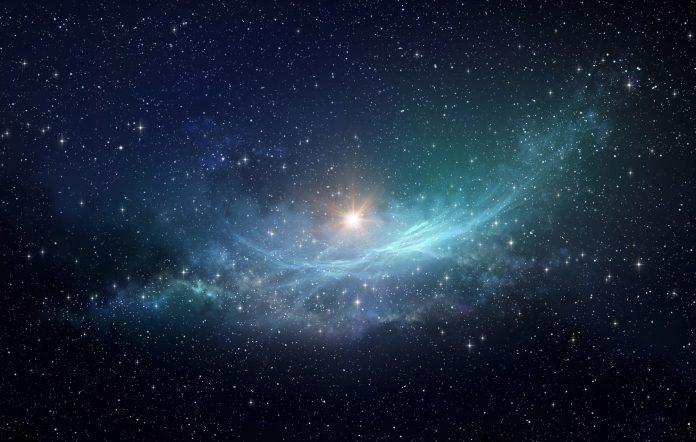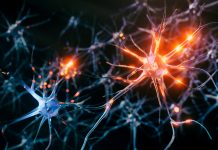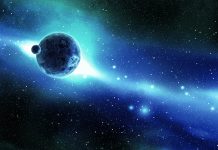A cutting-edge three-dimensional (3D) computer simulation has successfully replicated the spectral features observed during a neutron star merger, resembling a kilonova event
According to Luke Shingles, the lead author of a publication in The Astrophysical Journal Letters and a scientist at GSI/FAIR, this remarkable concordance between our simulations and the real-world kilonova event (AT2017gfo) signifies a broad understanding of the explosion and its aftermath. Recent observations, which combined gravitational waves and visible light data, have pinpointed neutron star mergers as a primary source of element production. The research was conducted by scientists from GSI Helmholtzzentrum für Schwerionenforschung and Queen’s University Belfast.
3D simulations and atomic transitions
The light visible through telescopes, originating from material ejected during a neutron-star merger, is determined by the interplay between electrons, ions, and photons. These intricate processes and the resultant emitted light can be effectively represented through computer simulations of radiative transfer. In a groundbreaking development, researchers have created a three-dimensional simulation that seamlessly tracks the entire sequence of events, encompassing the neutron-star merger, neutron-capture nucleosynthesis, energy released through radioactive decay, and radiative transfer. This simulation accounts for tens of millions of atomic transitions involving heavy elements.
Due to its three-dimensional nature, this model allows the light to be observed from various viewing angles. When observed from a nearly perpendicular vantage point relative to the orbital plane of the two neutron stars, consistent with observations of the kilonova AT2017gfo, the model forecasts a series of spectral patterns that closely resemble what has been detected in AT2017gfo.
“Research in this area will help us to understand the origins of elements heavier than iron (such as platinum and gold) that were mainly produced by the rapid neutron capture process in neutron star mergers,” says Shingles.
Approximately half of the elements beyond iron on the periodic table are synthesised in environments characterised by extreme temperatures and exceptionally high neutron densities.
These conditions are achieved when two neutron stars converge and merge. As they draw closer and merge, the explosion expels matter under conditions conducive to forming unstable, neutron-rich heavy atomic nuclei through a succession of neutron captures and beta-decays. These newly formed nuclei eventually decay into stable forms, releasing energy that fuels a dramatic phenomenon known as a ‘kilonova’ transient. This event results in a brilliant burst of light that swiftly diminishes within about a week.
High-Quality Experimental Data
This three-dimensional simulation integrates various physics domains, surround matter’s characteristics under extreme densities, the attributes of precarious heavy nuclei, and the interactions between atoms and light involving heavy elements.
There are still impending challenges, such as addressing the rate of spectral distribution alterations and elucidating the behaviour of late-stage ejected material. Advancements in this field will enhance the accuracy of our predictions and comprehension of spectral features, advancing our knowledge of the circumstances under which heavy elements are created. Crucial to developing these models is providing high-quality experimental data on atoms and nuclei, which the FAIR facility will furnish.














